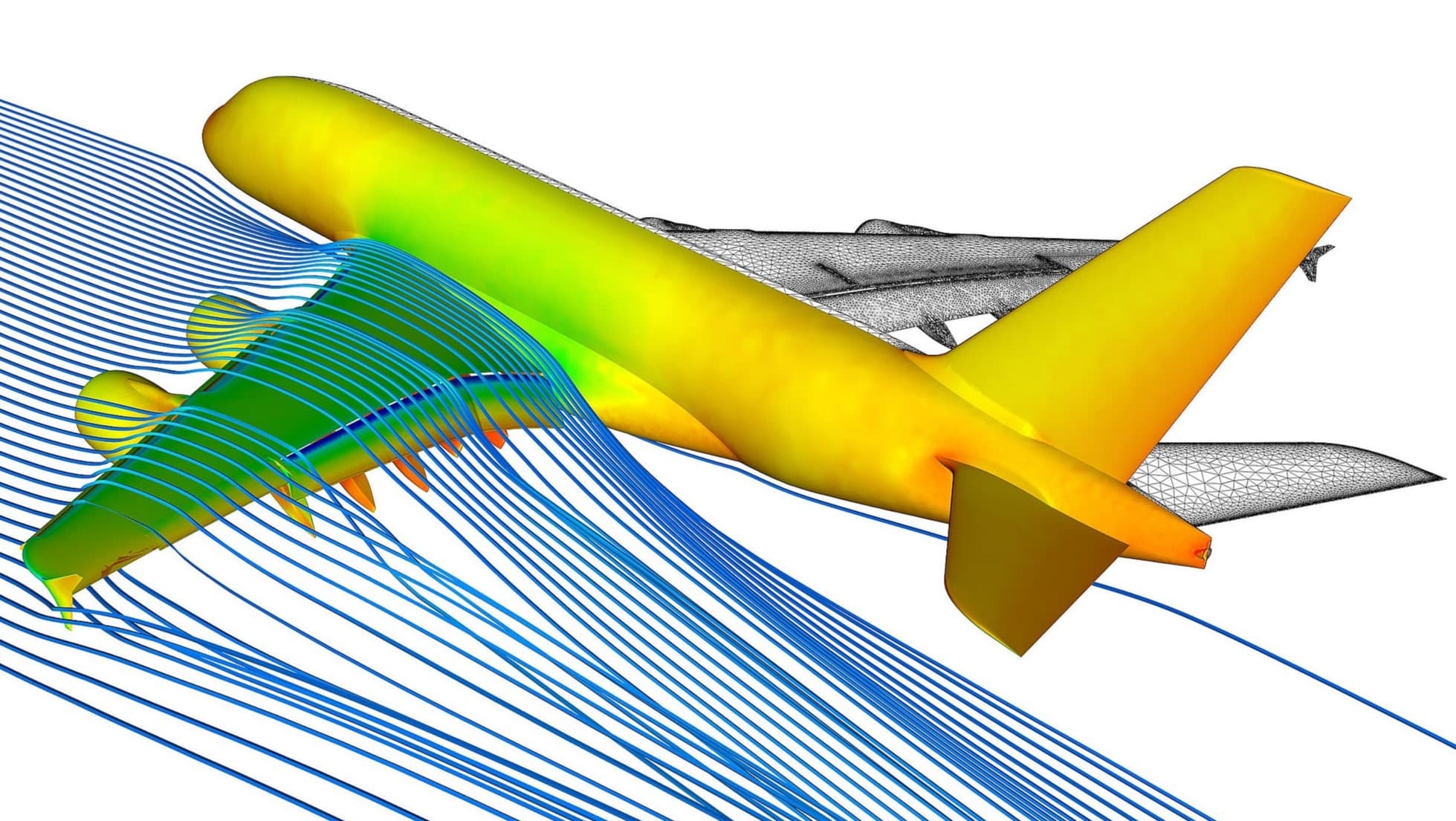
Aerodynamics is the study of how air interacts with moving objects. Ever wondered why planes fly or why race cars have sleek designs? It's all about aerodynamics! This science helps engineers design everything from airplanes to sports equipment, ensuring they move efficiently through the air. Aerodynamics isn't just for scientists; it affects everyday life. Think about how a cyclist bends low to reduce wind resistance or why your car has a specific shape. Understanding aerodynamics can make you appreciate the world around you more. Ready to learn some cool facts? Let's dive into the fascinating world of aerodynamics!
What is Aerodynamics?
Aerodynamics is the study of how gases interact with moving bodies. It’s a branch of fluid dynamics that focuses on the forces of air and how they affect objects in motion. From airplanes to cars, understanding aerodynamics is crucial for designing efficient and safe vehicles.
-
Aerodynamics comes from Greek words: The term combines "aero" (air) and "dynamics" (force), literally meaning the study of air forces.
-
First studied by Sir George Cayley: In the early 19th century, Sir George Cayley is considered the father of aerodynamics. He identified the four aerodynamic forces of flight: lift, drag, thrust, and weight.
How Aerodynamics Affects Everyday Life
Aerodynamics isn't just for airplanes. It plays a role in many aspects of daily life, from sports to car design.
-
Cyclists use aerodynamics: Professional cyclists wear tight clothing and helmets designed to reduce air resistance, helping them go faster with less effort.
-
Cars are designed for aerodynamics: Modern cars are shaped to minimize drag, improving fuel efficiency and performance.
-
Sports balls are aerodynamic: The dimples on a golf ball reduce drag and increase lift, allowing it to travel farther.
The Science Behind Aerodynamics
Understanding the principles of aerodynamics involves some fascinating science. Here are some key concepts.
-
Bernoulli's Principle: This principle explains how faster-moving air creates lower pressure. It’s crucial for understanding how airplane wings generate lift.
-
Newton's Third Law: For every action, there is an equal and opposite reaction. This law helps explain how thrust works in jet engines and rockets.
-
Reynolds Number: This dimensionless number helps predict flow patterns in different fluid flow situations. It’s essential for scaling aerodynamic tests from models to real-life applications.
Aerodynamics in Aviation
Aviation relies heavily on aerodynamic principles to ensure safe and efficient flight.
-
Lift and Drag: Lift is the force that allows an airplane to rise, while drag is the resistance it faces moving through the air.
-
Wing Shapes: Different wing shapes, or airfoils, are designed to optimize lift and minimize drag for various flight conditions.
-
Jet Engines: These engines work by expelling air at high speed, creating thrust that propels the aircraft forward.
Aerodynamics in Nature
Nature has its own examples of aerodynamics, often inspiring human designs.
-
Birds: Birds have evolved to be aerodynamic, with streamlined bodies and wings that create lift.
-
Seeds: Some seeds, like those of the maple tree, have wing-like structures that allow them to glide through the air, spreading far from the parent tree.
-
Fish: Even underwater, fish use principles similar to aerodynamics, known as hydrodynamics, to move efficiently.
Aerodynamics in Sports
Athletes and equipment designers use aerodynamics to gain a competitive edge.
-
Ski Jumping: Ski jumpers use their body position to minimize drag and maximize lift, allowing them to fly farther.
-
Swimming: Swimmers wear streamlined suits and caps to reduce water resistance, similar to how aerodynamics works in air.
-
Baseball: The stitches on a baseball affect its aerodynamic properties, influencing how it curves and drops.
Future of Aerodynamics
As technology advances, so does our understanding and application of aerodynamics.
-
Electric Vehicles: Aerodynamics is crucial for extending the range of electric cars by reducing drag.
-
Drones: Engineers are constantly improving drone designs to make them more aerodynamic, increasing flight time and stability.
-
Hyperloop: This proposed high-speed transportation system relies on low air resistance and aerodynamic pods to achieve incredible speeds.
Fun Facts About Aerodynamics
Here are some interesting tidbits that show just how fascinating aerodynamics can be.
-
Paper Airplanes: The world record for the longest paper airplane flight is over 226 feet, thanks to careful aerodynamic design.
-
Wind Tunnels: These are used to test the aerodynamics of objects, from cars to spacecraft, by simulating high-speed airflow.
Aerodynamics: A Fascinating World
Aerodynamics shapes our daily lives more than we realize. From the sleek design of sports cars to the efficient flight of airplanes, understanding airflow and resistance is key. Even athletes use aerodynamic principles to improve performance. Birds, nature's aerodynamics experts, inspire many modern designs. Engineers constantly push boundaries, making vehicles faster and more fuel-efficient. Wind tunnels and computer simulations help test new ideas without leaving the ground. Aerodynamics isn't just for scientists; it's for anyone curious about how things move through air. Whether you're a student, hobbyist, or professional, there's always something new to learn. So next time you see a plane soaring or a cyclist speeding by, remember the fascinating science at work. Aerodynamics makes our world faster, safer, and more efficient. Keep exploring, and who knows what innovative ideas you'll uncover.
Was this page helpful?
Our commitment to delivering trustworthy and engaging content is at the heart of what we do. Each fact on our site is contributed by real users like you, bringing a wealth of diverse insights and information. To ensure the highest standards of accuracy and reliability, our dedicated editors meticulously review each submission. This process guarantees that the facts we share are not only fascinating but also credible. Trust in our commitment to quality and authenticity as you explore and learn with us.


